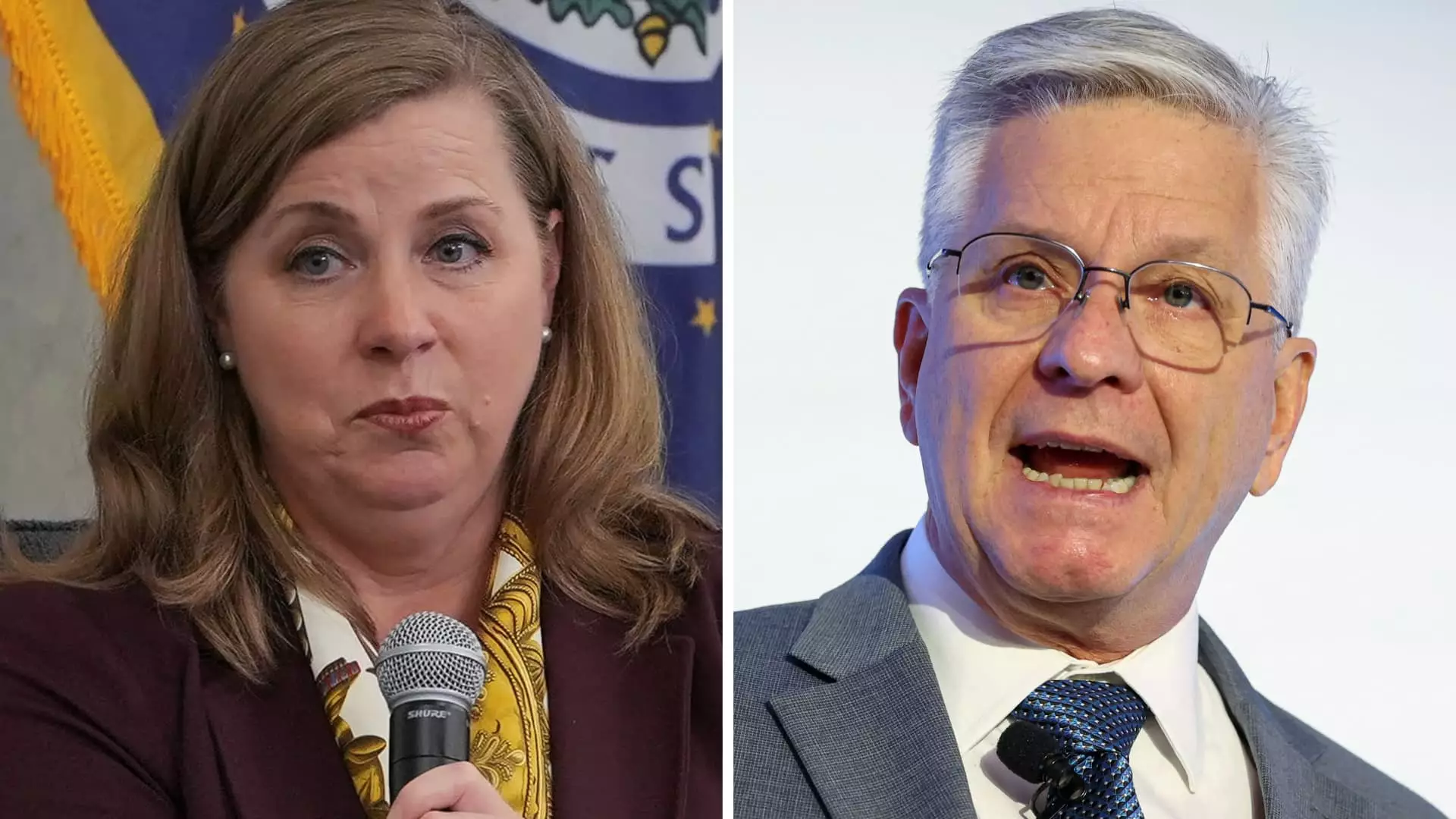In an era where economic stability is fragile at best, the Federal Reserve’s recent decision to hold interest rates steady reveals a troubling complacency rooted in ideological caution rather than pragmatic analysis. This hesitance to act decisively—despite mounting evidence of labor market vulnerabilities—raises profound questions about the Fed’s commitment to safeguarding the American economy against avoidable downturns. The dissenting voices of Governors Christopher Waller and Michelle Bowman shed light on a fundamental discord within the institution, exposing a central bank that prefers overcautious inertia to timely intervention. Their push for modest rate cuts underscores a concern that the current stance risks neglecting the realities faced by workers and small businesses.
The Fallacy of Over-Cautious Waiting
The dominant consensus to delay easing policies is rooted in a misguided faith that tariffs and external shocks are temporary blips. Yet, this perspective underestimates the persistent damage that uncertainty and sluggish growth impose on the labor market. Waller and Bowman’s dissent highlights the dangers of holding rates artificially high when economic signals suggest a fragile recovery. Their insistence on gradual rate reductions reveals an awareness that economic momentum can swiftly deteriorate if policymakers remain passive. Unfortunately, this cautious approach resembles a form of policy paralysis—an unwillingness to act until the damage is undeniable. Such hesitation risks igniting a ripple effect of unemployment, falling wages, and diminished consumer confidence.
Inflation and Tariffs: A Dangerous Oversimplification
Another critical flaw in official thinking lies in the underestimation of tariffs’ long-term impact on inflation. The prevailing narrative claims that tariffs cause only temporary price hikes, justifying a wait-and-see attitude. However, this view fails to appreciate their broader economic implications, including reduced trade volume, increased costs for consumers, and distorted market signals that hinder productive investments. Bowman’s point that without tariffs, inflation would hover below the Fed’s target underscores the artificiality of recent price increases. Yet, the central bank risks dismissing these price distortions as insignificant, ignoring how even temporary shocks can become entrenched if policy remains static. The failure to address these issues proactively reveals a shortsighted approach that prioritizes immediate political comfort over long-term stability.
Political Interference and the Erosion of Independent Judgment
The intense political pressure fueled by former President Trump illustrates a disturbing trend where economic policy becomes a battleground for political posturing rather than sound decision-making. Trump’s aggressive calls for drastic rate cuts and his public attacks on Chair Jerome Powell serve to undermine institutional independence—an essential safeguard of credible monetary policy. Such interference risks transforming the Federal Reserve from a responsible, data-driven entity into a pawn of political expediency. When policymakers bend to external pressures, especially from figures with vested interests, they abandon the cautious rigor necessary for sustainable economic health. This erosion of independence endangers the delicate balance of growth and inflation management, sowing seeds of instability that can haunt the economy for years.
A Center-Left Perspective on the Road Ahead
From a center-wing liberal vantage point, the Federal Reserve’s current stance is a perilous underreaction to complex economic realities. While managing inflation is vital, so too is protecting the labor market and ensuring that economic growth is inclusive and resilient. The Fed’s reluctance to cut rates more aggressively reflects a misplaced prioritization of combating inflation—potentially at the expense of employment and income security for working Americans. The real economic challenge lies in balancing these goals with prudence, not in clinging to fear of short-term inflationary pressures. Policymakers must recognize that waiting too long—especially as economic signals deteriorate—can trigger severe downturns that disproportionately harm vulnerable populations. An approach rooted in bold, but responsible action, could help avert these crises, reaffirming the Fed’s role as an economic safeguard rather than an inert observer of market turmoil.

